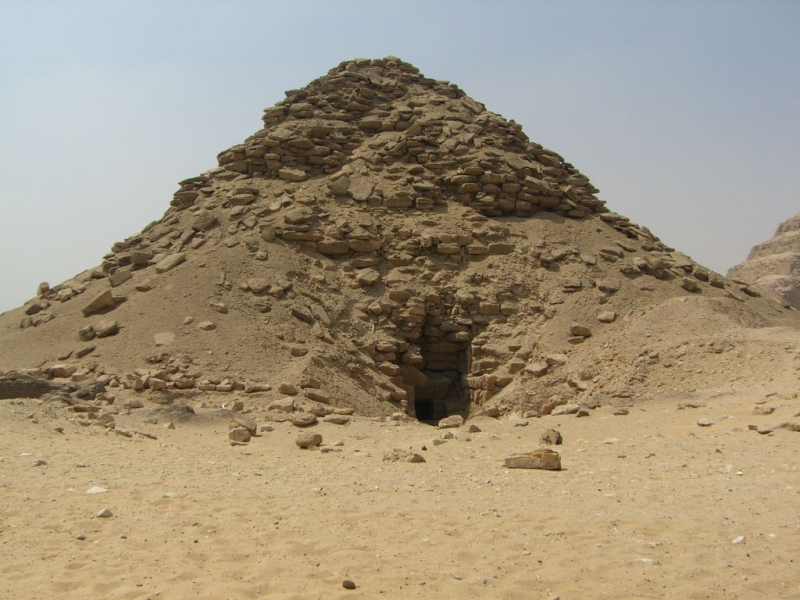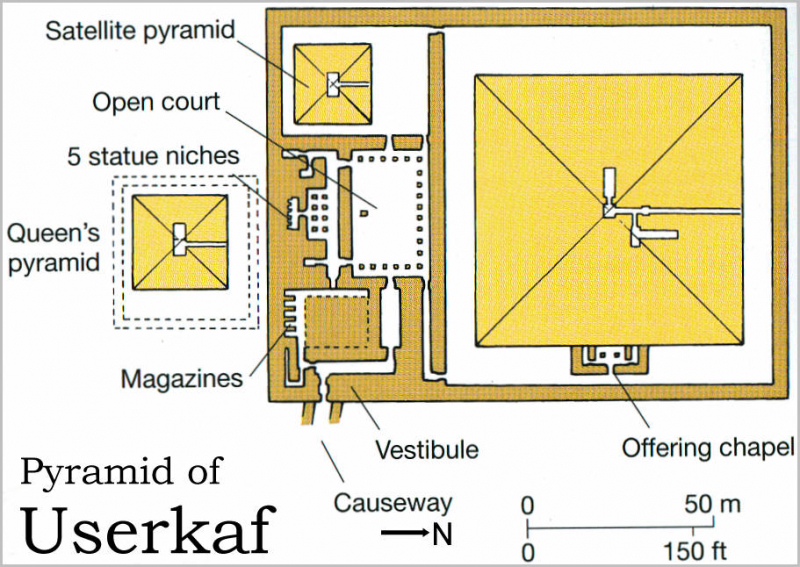Pyramid of Userkaf
The Pyramid of Userkaf, one of the Saqqara pyramids, was erected between 2494 and 2487 BC while Userkaf, a Fifth Dynasty pharaoh, was in power. The native name for the pyramid, El-Haram el-Maharbish, translates directly to "Heap of Stone," which is far from lyrical. Userkaf truly has a core of debris, and what was left over was dressed stone. The Pyramid of Userkaf is now in ruins and resembles a sand conical hill rather than a genuine pyramid.
The Pyramid of Userkaf was a construction that differed from the Fourth Dynasty pyramids and inspired the later Fifth Dynasty pyramids in many respects. Userkaf did keep the complex's traditional high wall and the causeway connecting one tomb to the main pyramid. However, it also included novel concepts such as a north-south axis orientation and the placement of a small chapel outside the pyramid rather than inside.
Rameses II repaired the Pyramid of Userkaf and utilized it as a cemetery more than 1,500 years after it was built. In more recent history, the pyramid's entrance was discovered in 1831, but it wasn't until 1839 that anyone actually went inside the pyramid after discovering a tunnel that had probably been excavated by tomb raiders and provided simple access to the interior.
Location: Saqarah, Badrshein, Giza Governorate














